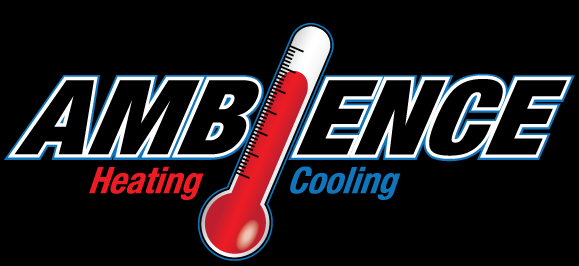Once the weather is cooling off, you are probably wondering about how you’ll take full advantage of your heating and cooling. After all, HVAC bills can contribute a large portion of your monthly electric bill. To try and find ways to save, some homeowners look closely at their thermostat. Maybe there’s a setting they could use to improve efficiency?
The majority of thermostats have a ‘Fan’ or ‘Fan On’ setting. But if the fan is on during a typical cycle, what can the fan setting offer for your HVAC system? This guide can help. We’ll walk through precisely what the fan setting is and how you can use it to reduce costs during the summer or winter.
My Thermostat Has a Fan Setting?
For the majority of thermostats, the fan setting signifies that the air handler’s blower fan keeps running. A few furnaces will run at a low level in this setting, but for the most part heating or cooling isn’t being generated. The ‘Auto’ setting, conversely, will start the fan over a heating or cooling cycle and switch it off when the cycle is over.
There are benefits and drawbacks to using the fan setting on your thermostat, and what’s ideal {will|can|should]] depend on your personal comfort preferences.
Advantages to switching to the Fan/On setting:
- You can keep the temperature in each room more uniform by allowing the fan to keep running.
- Indoor air quality will be highest since continuous airflow will keep forcing airborne particles through the air filter.
- A smaller number of start-stop cycles for the HVAC fan helps expand its life span. Since the air handler is often connected to the furnace, this means you could avoid needing furnace repair.
Drawbacks to switching to the Fan/On setting:
- A nonstop fan will likely add to your energy expenses somewhat.
- Constant airflow may clog your air filter in a shorter amount of time, increasing the frequency you will want to replace it.
Which Setting for My Thermostat? Fan or Auto in Each Season
During the summer, warm air can stick around in unfinished spaces such as the attic or an attached garage. If you leave the fan on, your HVAC system can draw this warm air into the rest of your home, pushing the HVAC system to work more to maintain the set temperature. In severe heat, this may result in needing AC repair more often as wear and tear grows.
The reverse can occur over the winter. Cooler spaces such as a basement will hold onto cooler air, which may eventually flow into the rest of your home. Leaving the fan setting on could pull more cold air upward, increasing the amount of heating you need to keep warm.
If you’re still trying to decide if you should use the fan/on setting, don’t forget that every home and family’s comfort needs will vary. Leaving the HVAC system’s fan on might be best for you if:
Someone in your household deals with allergies. Allergies and similar respiratory conditions can be hard on the family. Leaving the fan on can help to enhance indoor air quality, helping your family breathe easier.
Your home experiences hot and cold spots. All kinds of homes wrestle with persistent hot and cold spots that quickly shift to a temperature different from the rest of the house. The fan setting should help minimize these changes by consistently refreshing each room’s airflow.
